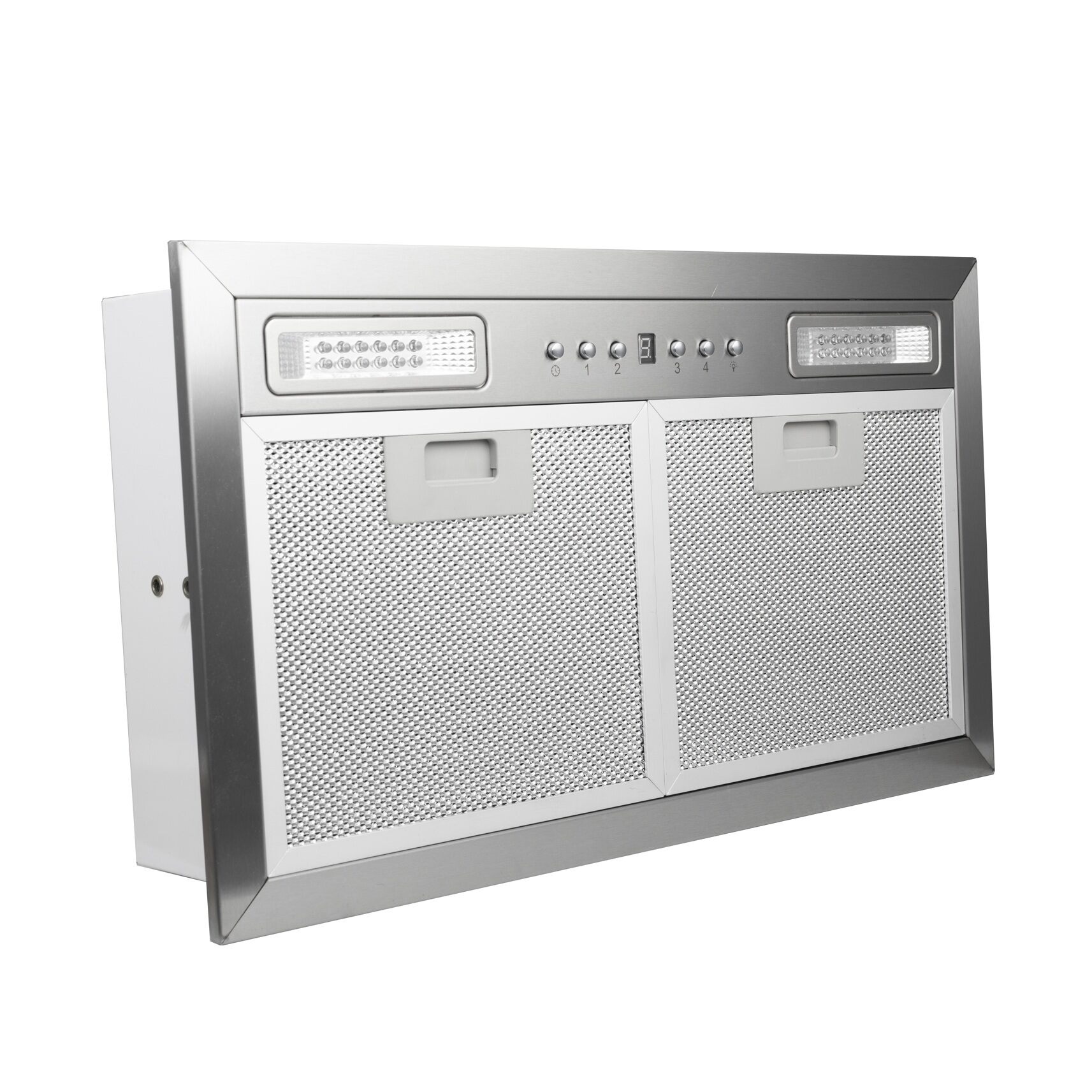

Articles
What Is An Insert Range Hood
Modified: February 29, 2024
Learn everything you need to know about insert range hoods in our comprehensive articles. Discover the benefits, installation tips, and more.
(Many of the links in this article redirect to a specific reviewed product. Your purchase of these products through affiliate links helps to generate commission for Storables.com, at no extra cost. Learn more)
Introduction
Welcome to the world of kitchen ventilation, where a seemingly simple appliance can make a significant impact on your cooking experience. In this article, we will explore the wonders of insert range hoods – an essential addition to any kitchen. Whether you’re a passionate home cook or a casual kitchen enthusiast, understanding the benefits and features of insert range hoods will help you make informed decisions when it comes to selecting the best one for your needs.
Picture this: you’re in the middle of preparing a delicious meal, the aroma of sautéed onions fills the air, and the sizzling sound of a perfectly seared steak echoes through your kitchen. Suddenly, you notice smoke rising from the stovetop, and the strong smell begins to overpower the delightful aromas. This is where an insert range hood becomes your culinary savior, effectively eliminating smoke, odors, and airborne grease particles, ensuring a fresh and clean cooking environment.
Insert range hoods are designed to be discreet and efficient, seamlessly blending into your kitchen cabinetry for a streamlined look. Unlike traditional range hoods, which are mounted on the wall or under cabinets, insert range hoods are installed directly into an overhead cabinet or custom-built enclosure above your cooktop or range. This placement not only saves space but also offers a sleek and integrated appearance.
But what exactly is an insert range hood? How does it work? What are the advantages of using one? What components make up this essential kitchen tool? In the following sections, we will delve deeper into these questions, exploring the various features, installation process, maintenance requirements, and common issues associated with insert range hoods. So, let’s begin our journey into the world of insert range hoods and discover how they can revolutionize your cooking experience!
Key Takeaways:
- Insert range hoods are discreet yet powerful kitchen appliances that effectively remove smoke, odors, and grease, improving air quality and creating a comfortable cooking environment.
- Proper maintenance, professional installation, and thoughtful selection based on size, ventilation type, noise level, and design are essential for maximizing the benefits of an insert range hood in your kitchen.
Read more: How To Install Range Hood Insert
Definition of an Insert Range Hood
An insert range hood, also known as a built-in range hood or a power pack range hood, is a ventilation appliance specifically designed to remove smoke, steam, odors, and grease particles generated during cooking. It is installed directly into a cabinet or custom enclosure above the cooktop or range, creating a seamless and integrated look in your kitchen.
This type of range hood is called an “insert” because it is inserted into a designated space, rather than being mounted on the wall or under cabinets like traditional range hoods. The insert range hood is typically positioned above the cooking surface, allowing it to capture and exhaust the airborne contaminants efficiently.
An insert range hood consists of a housing unit that contains the fan, motor, and filters. The housing unit is concealed within the overhead cabinet or custom enclosure, with only the visible front panel exposed. This front panel usually features control buttons or a touch interface for easy operation.
The primary function of an insert range hood is to ventilate the kitchen, removing pollutants and maintaining air quality. As you cook, smoke, steam, and odors are released into the air. Without proper ventilation, these particles can spread throughout your home, leaving behind unpleasant smells and potentially affecting indoor air quality. The insert range hood draws in the polluted air, filters it, and then exhausts it outside, preventing the pollutants from lingering in your kitchen.
Another important feature of insert range hoods is their ability to remove grease particles. When you cook with oil or fats, grease particles become airborne and can coat your kitchen surfaces and appliances. The range hood’s filters trap these grease particles, preventing them from settling and accumulating in your kitchen. Regular cleaning and maintenance of the filters are necessary to ensure optimal performance.
Now that we have a clear understanding of what an insert range hood is and its basic functionality, let’s explore the advantages of using one in your kitchen.
Advantages of Using an Insert Range Hood
Having an insert range hood in your kitchen offers numerous advantages that go beyond just aesthetics. Let’s take a closer look at some of the key benefits of using an insert range hood:
- Effective Ventilation: One of the primary advantages of an insert range hood is its ability to effectively remove smoke, steam, odors, and airborne grease particles from your kitchen. The powerful fan in the range hood draws in the polluted air and expels it outside, ensuring a clean and fresh cooking environment. This not only improves air quality but also helps prevent lingering smells and potential health hazards.
- Improved Indoor Air Quality: Cooking generates a variety of pollutants, including carbon monoxide, nitrogen dioxide, and volatile organic compounds (VOCs). These pollutants can have adverse effects on your health if not properly ventilated. An insert range hood eliminates these contaminants, improving the overall indoor air quality and creating a healthier environment for you and your family.
- Reduced Heat and Moisture: Cooking can generate a significant amount of heat and moisture, which can make your kitchen uncomfortable and increase the risk of mold or mildew growth. An insert range hood helps remove heat and moisture from the cooking area, preventing excessive humidity and maintaining a comfortable and dry environment.
- Efficient Grease Removal: The filters in an insert range hood effectively capture and trap grease particles generated during cooking. This prevents grease from settling on your kitchen surfaces, cabinets, and appliances, saving you time and effort when it comes to cleaning. Regular maintenance and cleaning of the filters are necessary to ensure optimal performance.
- Noise Reduction: High-quality insert range hoods are designed to operate quietly, minimizing noise disruption in your kitchen. This allows you to enjoy peaceful meals and conversations without the constant hum of a loud exhaust fan.
- Enhanced Kitchen Design: Unlike bulky wall-mounted or under-cabinet range hoods, insert range hoods are discreetly installed into an overhead cabinet or custom enclosure. This minimalist design seamlessly blends into your kitchen cabinetry, creating a sleek and integrated look. It allows your kitchen to be the focal point, rather than a large range hood obstructing the view.
- Versatile Installation: Insert range hoods offer flexibility in terms of installation options. They can be installed in various settings, such as over an island cooktop or against a wall, making them suitable for different kitchen layouts and designs.
With these advantages, it’s clear that an insert range hood is an essential addition to any kitchen. Not only does it improve air quality and remove cooking pollutants, but it also enhances the overall cooking experience. Now that we understand the benefits, let’s explore the components that make up an insert range hood.
Components of an Insert Range Hood
An insert range hood is made up of several key components that work together to provide effective ventilation and filtration. Understanding these components will help you make informed decisions when selecting the right insert range hood for your kitchen. Here are the main components of an insert range hood:
- Housing Unit: The housing unit is the main body of the insert range hood. It is typically constructed from stainless steel or other durable materials to withstand the heat and moisture generated during cooking. The housing unit contains the fan, motor, and other internal components essential for the functioning of the range hood.
- Fan: The fan is the heart of the insert range hood. It draws in the polluted air from the cooking area and expels it outside. The fan can have multiple speed settings, allowing you to adjust the airflow based on your cooking needs. High-quality insert range hoods have powerful and efficient fans that can effectively remove smoke, steam, and odors from your kitchen.
- Motor: The motor powers the fan, ensuring its smooth and efficient operation. It is essential to choose an insert range hood with a high-quality motor to ensure longevity and optimal performance.
- Filters: Filters are critical components of an insert range hood. They trap grease particles and help remove airborne contaminants, ensuring clean and fresh air in your kitchen. There are typically two types of filters used in insert range hoods:
- Grease Filters: These filters, also known as mesh filters or grease traps, capture grease particles generated during cooking. They prevent grease from accumulating in the range hood and the surrounding area.
- Charcoal Filters: Some insert range hoods also feature charcoal filters that help remove odors from the air. These filters are optional and typically need to be replaced periodically.
- Control Panel: The control panel is located on the front of the insert range hood and allows you to operate and adjust the settings. It can include buttons, switches, or a touch interface, depending on the model. The control panel may have various functions, such as fan speed control, lighting control, and timer settings.
- Lighting: Many insert range hoods come with built-in lighting to illuminate your cooking area. These lights can enhance visibility and make it easier to monitor your food while cooking. LED lights are commonly used due to their energy efficiency and long lifespan.
- Exhaust Duct: The exhaust duct is a crucial part of the insert range hood, responsible for carrying the polluted air from the hood to the outside of your home. It should be properly installed and vented outdoors to ensure effective ventilation.
- Optional Accessories: Some insert range hoods may offer additional features and accessories, such as remote controls, heat sensors, and automatic shut-off timers. These extras can enhance convenience and functionality, depending on your preferences.
Now that we’ve explored the various components of an insert range hood, it’s time to understand the installation process involved in incorporating one into your kitchen.
Installation Process of an Insert Range Hood
The installation of an insert range hood requires careful planning and precise measurements to ensure a proper fit and optimal performance. While it is recommended to hire a professional for the installation, understanding the process can help you make informed decisions during the installation phase. Here is an overview of the installation process of an insert range hood:
- Preparation: Before you begin the installation, make sure to read the manufacturer’s instructions carefully. Gather all the necessary tools and materials, including a drill, screws, electrical wiring, and ventilation ducting. Ensure that the installation area is clear and free from any obstructions.
- Measurements: Take accurate measurements of the space where the insert range hood will be installed. Consider the width, height, and depth of the cabinet or enclosure. Check the manufacturer’s specifications to ensure the dimensions match the range hood you have selected.
- Ventilation: Determine the appropriate ventilation route for the exhaust duct. Ideally, the duct should be short and straight for optimal airflow. It should also be vented to the outside of your home to expel the polluted air. Use appropriate ducting materials that comply with local building codes and regulations.
- Cabinet Modification: If necessary, make modifications to the overhead cabinet or custom enclosure to accommodate the insert range hood. This may involve cutting and adjusting the cabinet to create a suitable opening for the range hood to be inserted.
- Electrical Wiring: Ensure that the power supply is turned off before working with electrical wiring. Connect the wiring according to the manufacturer’s instructions and local electrical codes. If you are not experienced with electrical work, it is highly recommended to hire a licensed electrician to handle this step.
- Mounting: Carefully insert the range hood into the prepared opening in the cabinet or enclosure. Secure the range hood in place using screws or brackets provided by the manufacturer. Double-check that it is level and securely mounted to prevent any instability.
- Connect Ventilation Duct: Attach the ventilation duct to the range hood’s exhaust outlet using appropriate connectors. Ensure that it is securely attached and properly sealed to prevent air leaks. Route the duct to the designated venting location and secure it in place, following local building codes and regulations.
- Finishing Touches: Once the range hood and ducting are properly installed, make any necessary adjustments to ensure a tight fit and seamless integration with the cabinet or enclosure. Test the range hood to ensure proper functionality, including the fan speed controls, lighting, and any additional features.
- Professional Inspection: It is recommended to have a professional inspector check the installation to ensure compliance with local building codes, proper ventilation, and safe electrical connections. This will give you peace of mind and ensure that your insert range hood operates effectively and safely.
Remember, if you are unsure about any aspect of the installation process, it is best to seek professional assistance. Proper installation is crucial for the optimal performance and longevity of your insert range hood.
Now that we have covered the installation process, let’s move on to the maintenance and cleaning requirements of an insert range hood.
When choosing an insert range hood, make sure to measure the space in your cabinetry carefully to ensure a proper fit. Consider the CFM (cubic feet per minute) rating to ensure adequate ventilation for your kitchen.
Read also: 15 Superior Range Hood Inserts For 2024
Maintenance and Cleaning of an Insert Range Hood
Maintaining and cleaning your insert range hood regularly is essential for its optimal performance and longevity. Neglecting maintenance can lead to reduced ventilation efficiency, accumulation of grease, and potential fire hazards. Here are some important maintenance and cleaning tasks that should be performed on a regular basis:
- Grease Filter Cleaning: The grease filters in your insert range hood are designed to capture and trap grease particles. Over time, these filters can become clogged and less effective. It is recommended to clean the grease filters at least once a month, or more frequently if you cook frequently with oil or fats. Remove the filters according to the manufacturer’s instructions and wash them in warm, soapy water. Rinse thoroughly and allow them to dry completely before reinstalling.
- Charcoal Filter Replacement: If your insert range hood is equipped with charcoal filters, they may need to be replaced periodically. The frequency of replacement will depend on your cooking habits and the manufacturer’s recommendations. Check the filters regularly and replace them when they become saturated or at the recommended intervals. Follow the manufacturer’s instructions for proper filter replacement.
- Exterior Cleaning: Wipe down the exterior surfaces of your insert range hood regularly to remove any grease, dust, or stains. Use a mild detergent or cleaning solution and a soft cloth or sponge. Avoid using abrasive cleaners or scrub brushes that can damage the finish. Pay special attention to areas that come into direct contact with steam and grease, such as the control panel and vent covers.
- Interior Cleaning: Periodically clean the interior components of your insert range hood, including the fan and motor housing, to remove any built-up grease or debris. Consult the manufacturer’s instructions for specific cleaning recommendations. Use a degreaser or warm soapy water and a soft brush to scrub away dirt and grease. Rinse and dry thoroughly before reassembly.
- Inspect and Clean Ventilation Duct: Check the ventilation duct for any signs of blockages or damage. Remove any accumulated debris, such as dust, lint, or grease, that can obstruct airflow. Use a vacuum cleaner or a brush to gently clean the ductwork. It is also recommended to have the ventilation duct professionally cleaned periodically, especially if you notice reduced airflow or lingering odors.
- Check and Replace Bulbs: If your insert range hood has built-in lighting, inspect the bulbs regularly and replace any that are burnt out or not functioning properly. Follow the manufacturer’s instructions for bulb replacement to ensure compatibility and safety.
- Regular Maintenance and Inspection: In addition to the cleaning tasks mentioned above, it is important to perform regular maintenance and inspections of your insert range hood. This includes checking the fan motor for any signs of wear or malfunction, inspecting the controls and wiring for any loose connections, and ensuring that the range hood is securely mounted to the cabinet or enclosure. If you notice any issues or abnormalities, it is recommended to contact a professional for further inspection and repair.
By following these maintenance and cleaning practices, you can ensure that your insert range hood operates efficiently, removes airborne pollutants effectively, and maintains a clean and fresh cooking environment. Now, let’s move on to discussing some common issues that you may encounter with insert range hoods.
Common Issues with Insert Range Hoods
While insert range hoods are reliable and efficient appliances, they can occasionally experience some common issues. Understanding these issues and their potential causes can help you troubleshoot and resolve them promptly. Here are some common issues that you may encounter with insert range hoods:
- Inadequate Ventilation: If you notice reduced airflow or poor ventilation performance, there may be a blockage in the ventilation duct or filters. Check for any obstructions, such as accumulated grease, debris, or dirt, and clean them thoroughly. It is also essential to ensure that the hood and ventilation duct are properly installed and vented to the outside.
- Noisy Operation: Excessive noise during operation can be caused by loose screws, worn-out fan bearings, or an unbalanced fan. Tighten any loose screws and ensure that the range hood is securely mounted. If the noise persists, consider contacting a professional to inspect and repair the fan motor or other internal components.
- Malfunctioning Controls: If the control buttons or touch interface on your insert range hood are not responding or functioning erratically, it could be due to a faulty control panel or wiring connection. Check the power supply and connections to ensure they are secure. If the issue persists, contact the manufacturer or a professional for further assistance.
- Grease Build-up: Over time, grease can accumulate in the range hood’s filters, fan blades, and other internal components. This can affect the ventilation efficiency and increase the risk of fire hazards. Regular cleaning and maintenance of the filters are essential to prevent excessive grease build-up. Additionally, periodically clean the fan blades and internal components to remove any greasy residue.
- Lighting Problems: If the lights in your insert range hood are flickering, not turning on, or burning out frequently, it could be due to issues with the bulbs, electrical connections, or the lighting fixture itself. Replace any faulty bulbs with compatible ones and check the wiring connections. If the problem persists, consult a professional for further inspection and repair.
- Unpleasant Odors: If your insert range hood is emitting unpleasant odors instead of effectively removing them, there may be an issue with the filters or ventilation system. Clean or replace the filters, ensuring they are properly installed. Check for any blockages or leaks in the ventilation duct and address them accordingly.
- Electrical Issues: If your insert range hood is experiencing electrical problems such as tripping circuit breakers, inconsistent power supply, or sparking, it is crucial to immediately disconnect the power and consult a licensed electrician. Do not attempt to fix electrical issues on your own, as they can pose serious safety hazards.
If you encounter any of these issues or other problems with your insert range hood, it is recommended to refer to the manufacturer’s manual or contact their customer support for guidance. In some cases, professional assistance may be necessary to diagnose and repair the problem. Proper maintenance and prompt resolution of issues will help ensure that your insert range hood functions optimally for years to come.
Now that we have covered the common issues associated with insert range hoods, let’s move on to some useful tips for choosing the right insert range hood for your kitchen.
Tips for Choosing the Right Insert Range Hood
Selecting the right insert range hood for your kitchen is crucial to ensure effective ventilation, optimal performance, and a seamless integration with your kitchen design. With so many options available, it can be overwhelming to make the best choice. Here are some useful tips to consider when choosing the right insert range hood:
- Size and Power: Measure the width, height, and depth of your cabinet or custom enclosure to determine the appropriate size of the insert range hood. Ensure that the range hood you choose is powerful enough to effectively ventilate your kitchen based on the size of your cooking surface and your cooking style. Refer to the manufacturer’s specifications for guidance in selecting the right size and power.
- Ventilation Type: Consider the type of ventilation you prefer for your kitchen. Insert range hoods are available in both ducted and ductless options. Ducted range hoods vent the air outside, while ductless range hoods recirculate the air after passing it through filters. Ducted ventilation is generally more effective in removing pollutants, but it requires proper installation and venting to the outside.
- Noise Level: Look for insert range hoods that operate quietly. The noise level is typically measured in sones, with a lower number indicating quieter operation. Consider your preference for a quiet kitchen environment and choose a range hood with a noise level that suits your needs.
- Filtration System: Pay attention to the type and quality of the filters used in the insert range hood. Grease filters should be easy to remove and clean, while charcoal filters help remove odors. Opt for range hoods with durable and effective filters that are easy to maintain and replace.
- Controls and Features: Consider the ease of use and functionality of the control panel. Look for range hoods with intuitive controls, such as buttons or touch interfaces, that allow you to adjust the fan speed, lighting, and other settings effortlessly. Additional features like delay shut-off, automatic sensors, and remote controls can enhance convenience and customization.
- Design and Style: Choose an insert range hood that complements your kitchen’s design and style. Look for options that blend seamlessly with your cabinetry and provide a sleek and integrated appearance. Consider the material, finish, and aesthetic features that will best enhance your kitchen’s overall look.
- Brand and Warranty: Research reputable brands that offer reliable and durable insert range hoods. Look for manufacturers that provide comprehensive warranties to protect your investment. Read customer reviews and ratings to get an idea of the product’s quality and customer satisfaction.
- Professional Installation: While it is possible to install an insert range hood yourself, it is recommended to hire a professional for proper installation. A professional installer will ensure that the range hood is securely mounted, the ventilation duct is properly installed, and all electrical connections are safe and up to code.
By considering these tips, you can make an informed decision when selecting the right insert range hood for your kitchen. Keep in mind your specific cooking needs, kitchen layout, and aesthetic preferences. A well-chosen insert range hood will not only enhance your cooking experience but also add functionality and style to your kitchen space.
Now that we have covered the tips for choosing an insert range hood, let’s summarize the key points we’ve discussed before concluding.
Conclusion
An insert range hood is a valuable addition to any kitchen, providing effective ventilation, improved indoor air quality, and enhanced cooking experiences. Understanding the definition, advantages, components, installation process, maintenance requirements, common issues, and tips for choosing the right insert range hood empowers you to make informed decisions when selecting and maintaining this essential kitchen appliance.
With its discreet and integrated design, an insert range hood seamlessly blends into your kitchen cabinetry while efficiently removing smoke, steam, odors, and airborne grease particles. It improves air quality, reduces heat and moisture, and minimizes noise disruptions, creating a clean, comfortable, and pleasant cooking environment.
Regular maintenance, including cleaning grease filters, inspecting and cleaning ventilation ducts, and ensuring proper functioning of controls, helps maximize the longevity and performance of your insert range hood. Addressing common issues promptly, such as inadequate ventilation, noise, and grease build-up, ensures optimal airflow and functional operation of your range hood.
When choosing an insert range hood, consider factors such as size and power, ventilation type, noise level, filtration system, controls and features, design and style, and reputable brands with comprehensive warranties. Professional installation is recommended for a secure and safe fit, proper venting, and electrical connections.
By selecting the right insert range hood and maintaining it properly, you can enjoy a clean, fresh, and well-ventilated kitchen, while enhancing the overall aesthetic and functionality of your cooking space.
In conclusion, an insert range hood is more than just an appliance – it is a kitchen companion that promotes a healthy and enjoyable cooking environment. So, take the time to research, choose wisely, and give your kitchen the ventilation it deserves with an insert range hood.
Frequently Asked Questions about What Is An Insert Range Hood
Was this page helpful?
At Storables.com, we guarantee accurate and reliable information. Our content, validated by Expert Board Contributors, is crafted following stringent Editorial Policies. We're committed to providing you with well-researched, expert-backed insights for all your informational needs.
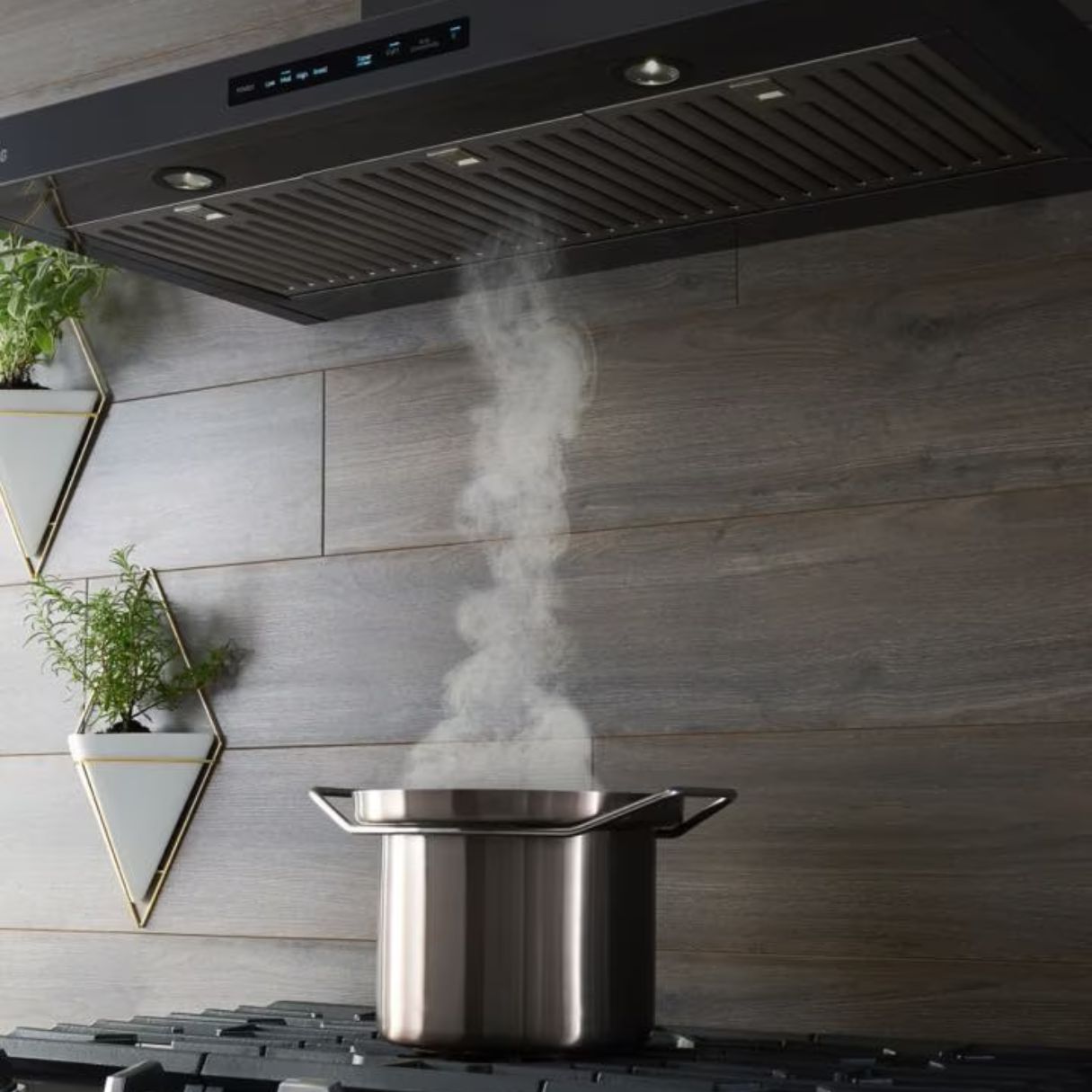
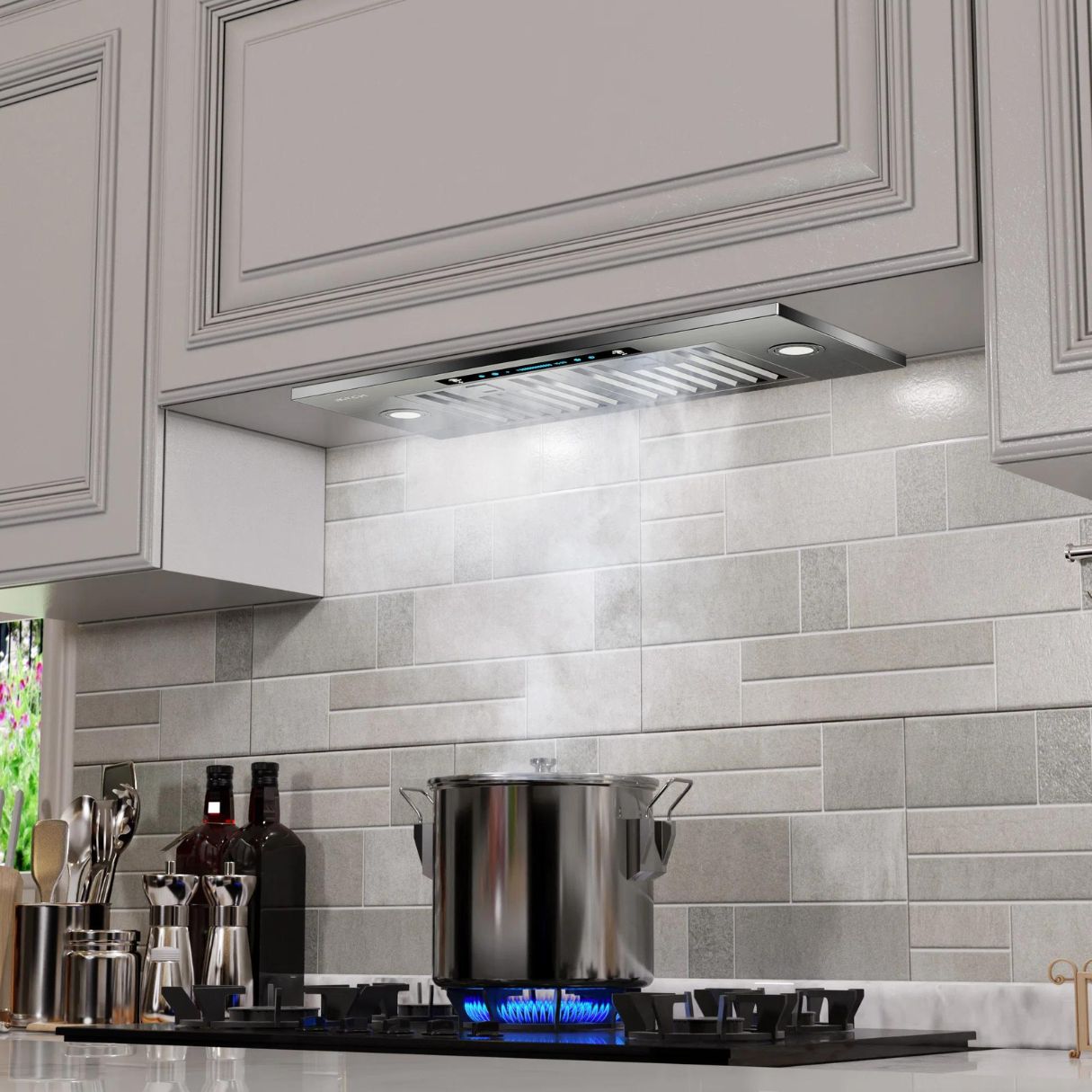
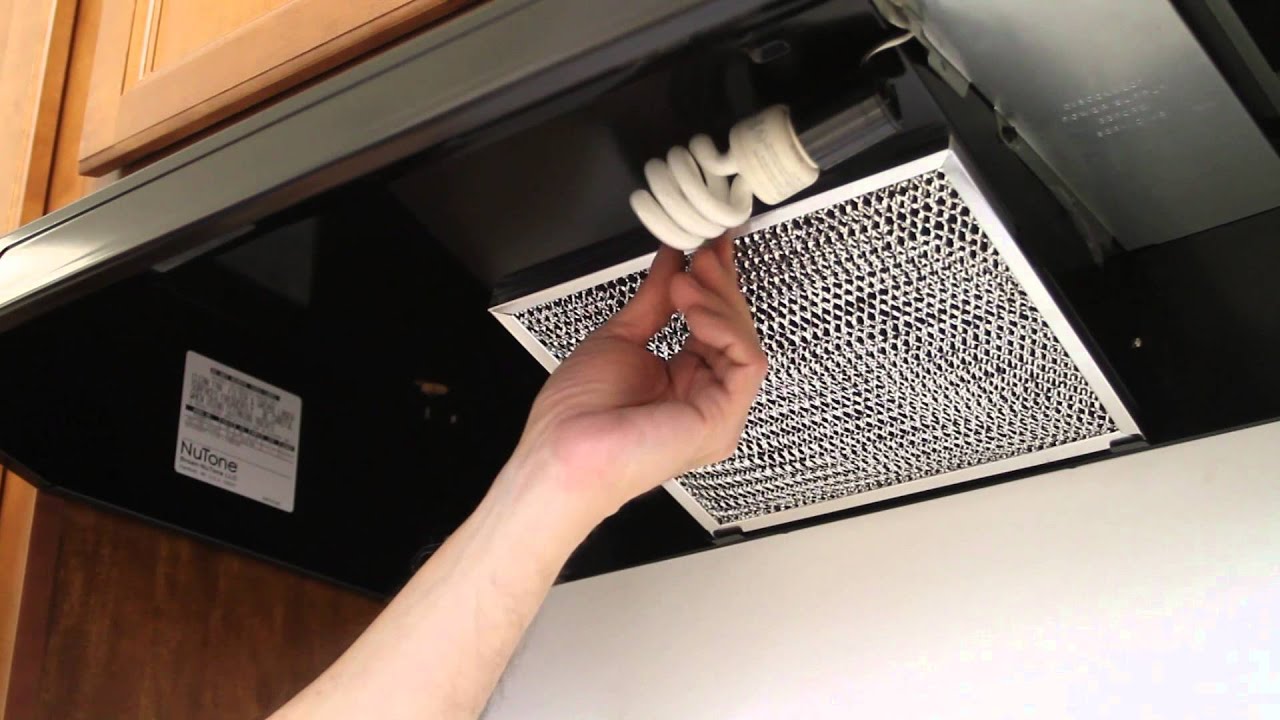
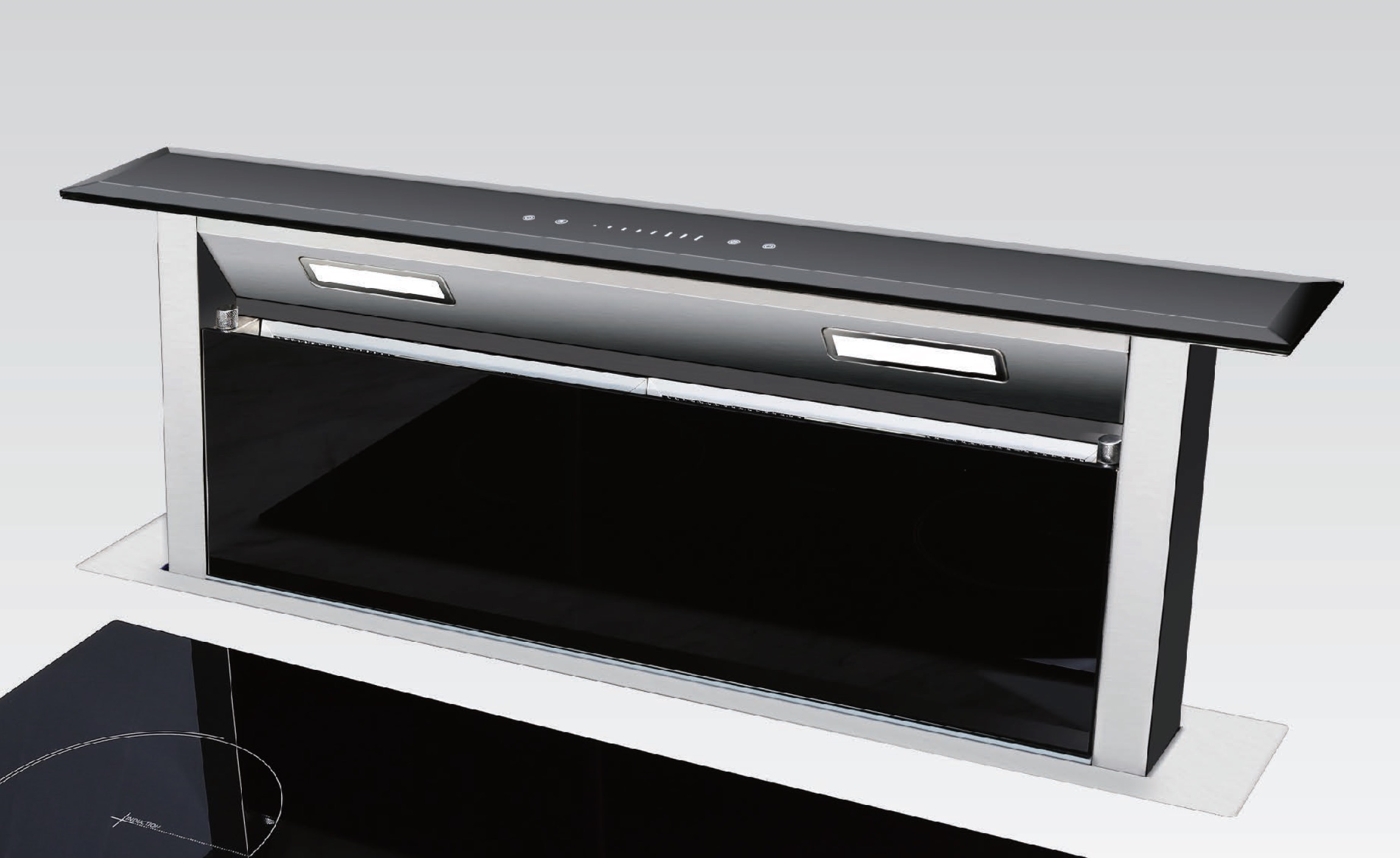
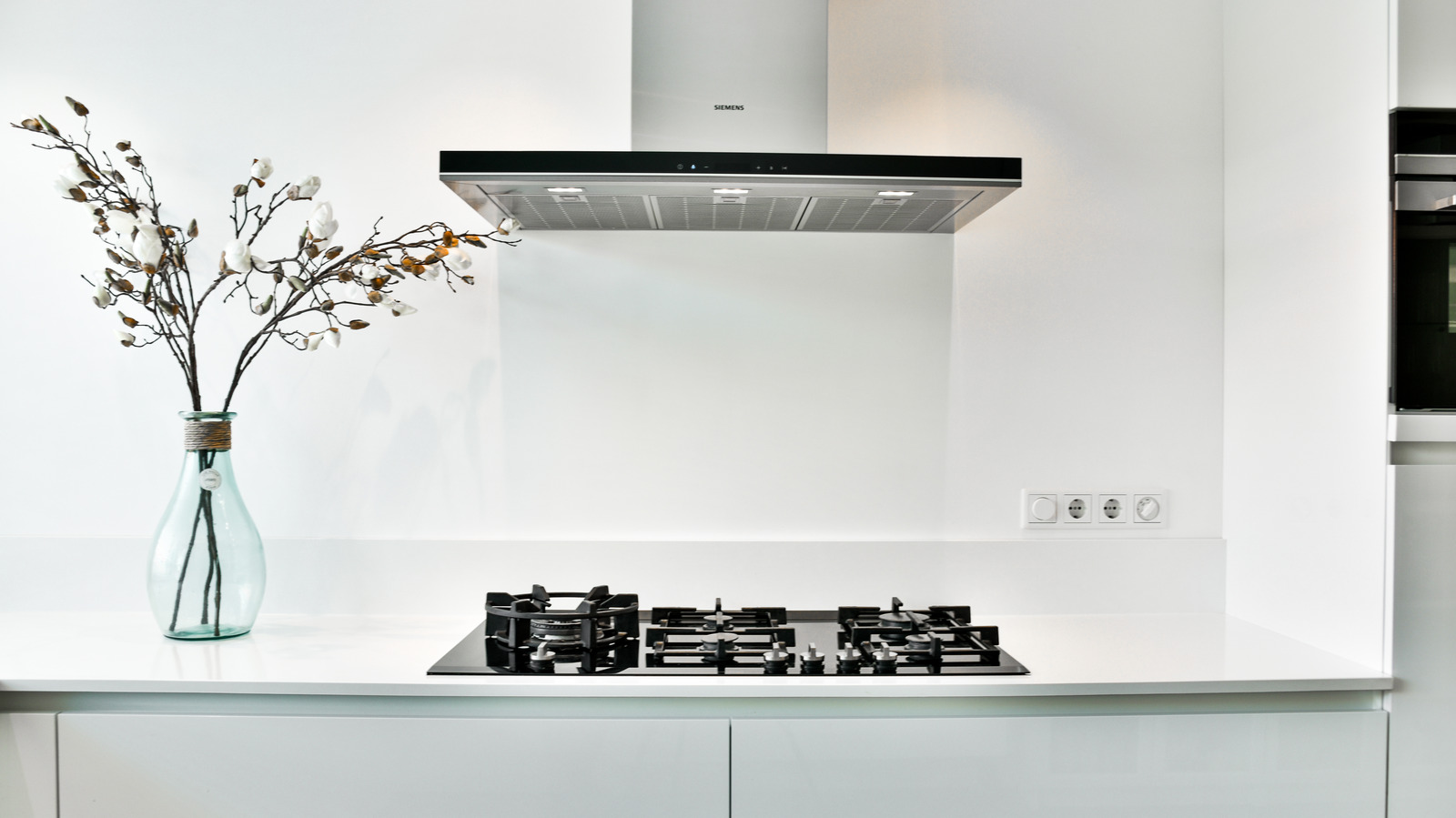
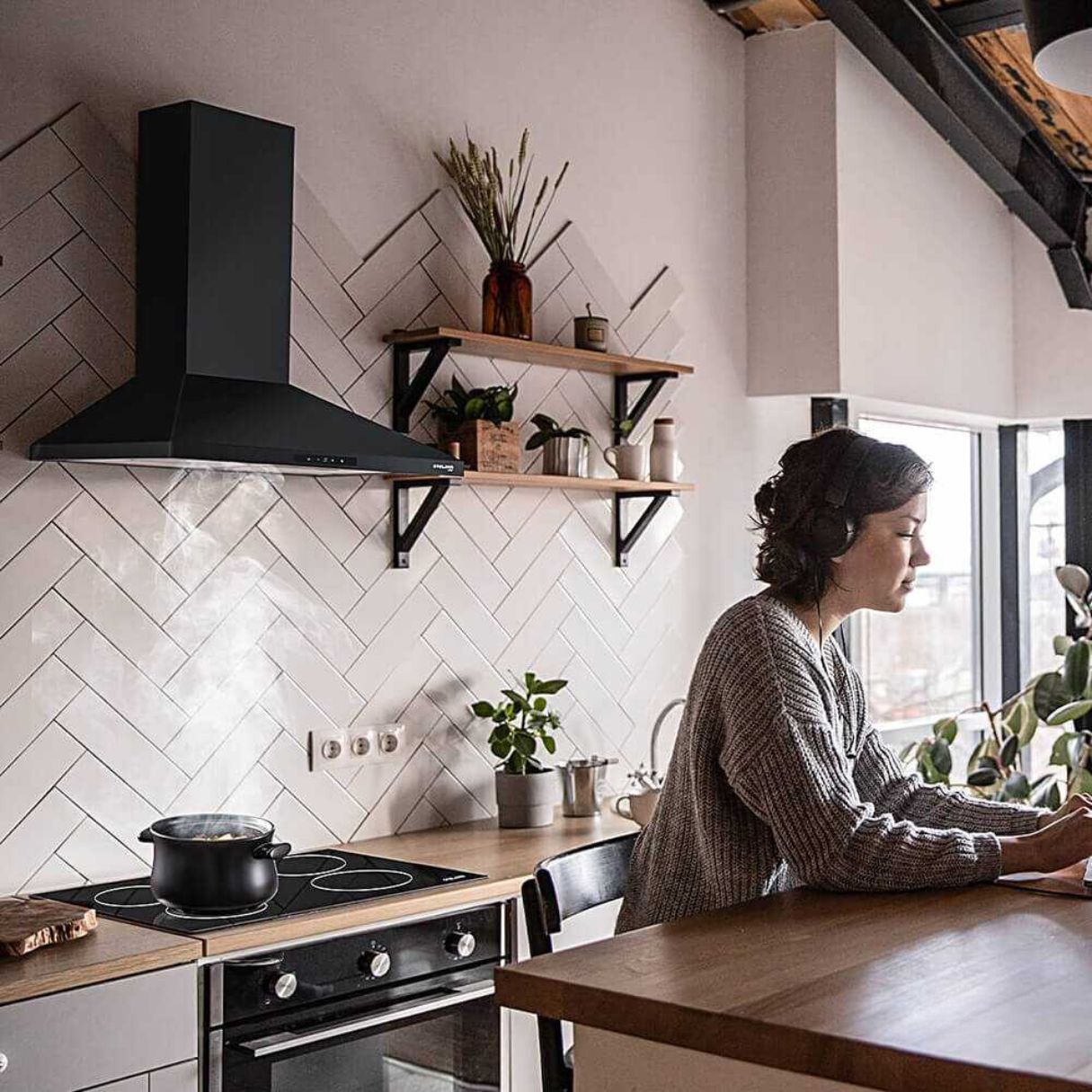

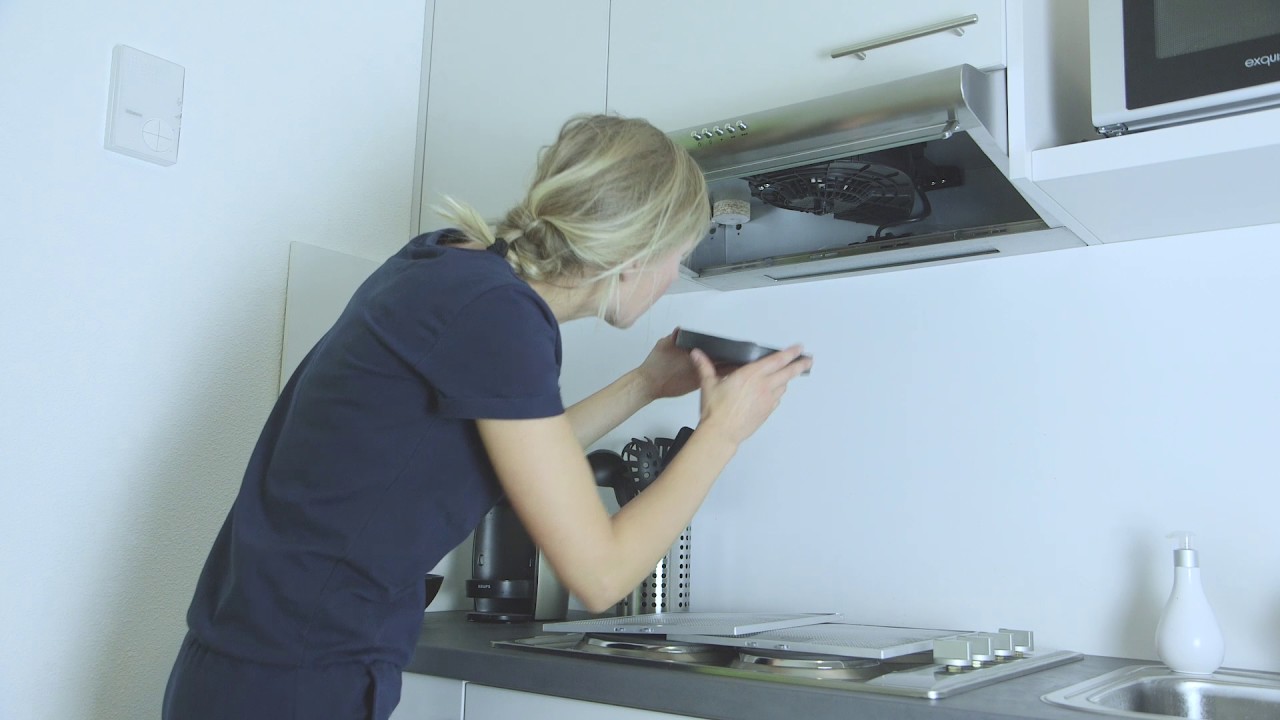
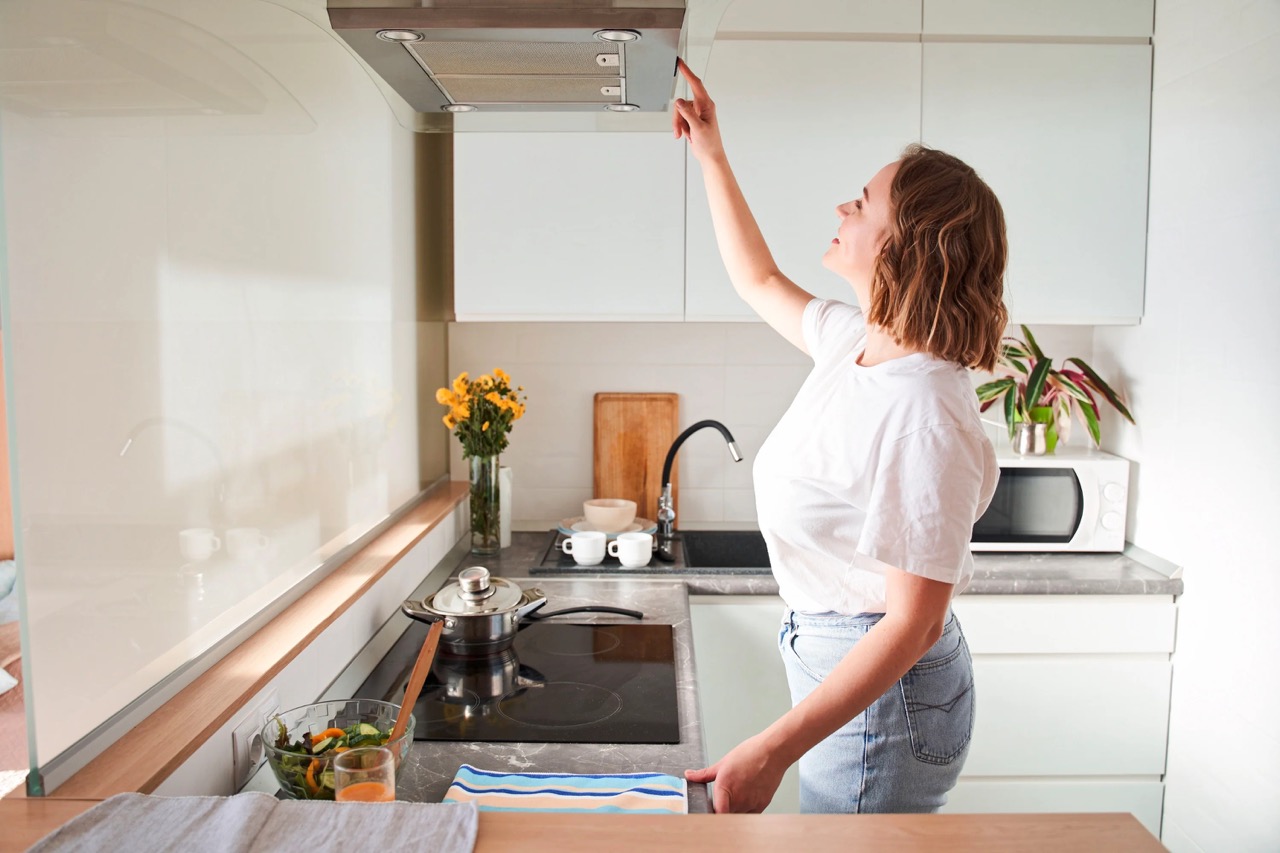
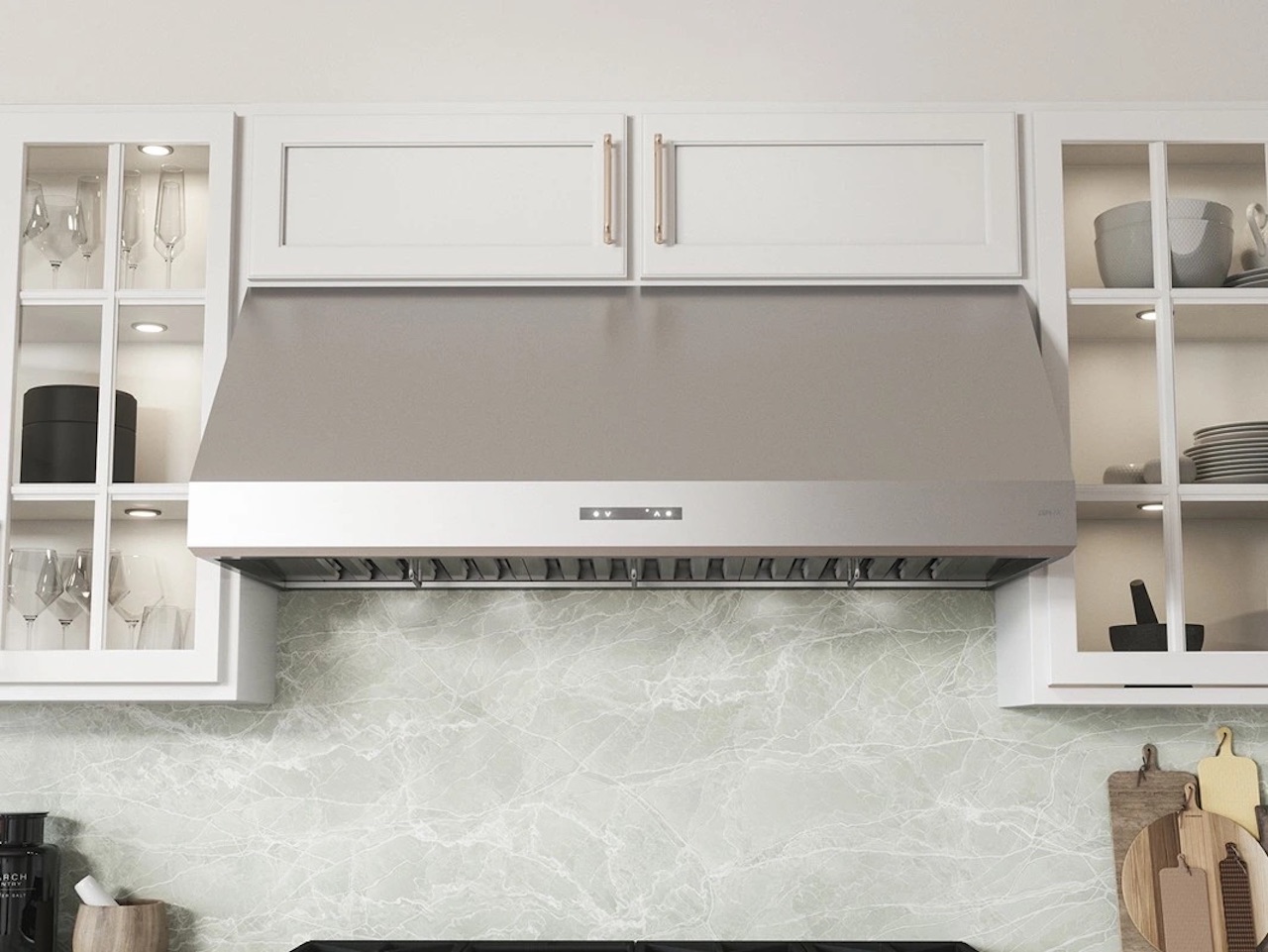
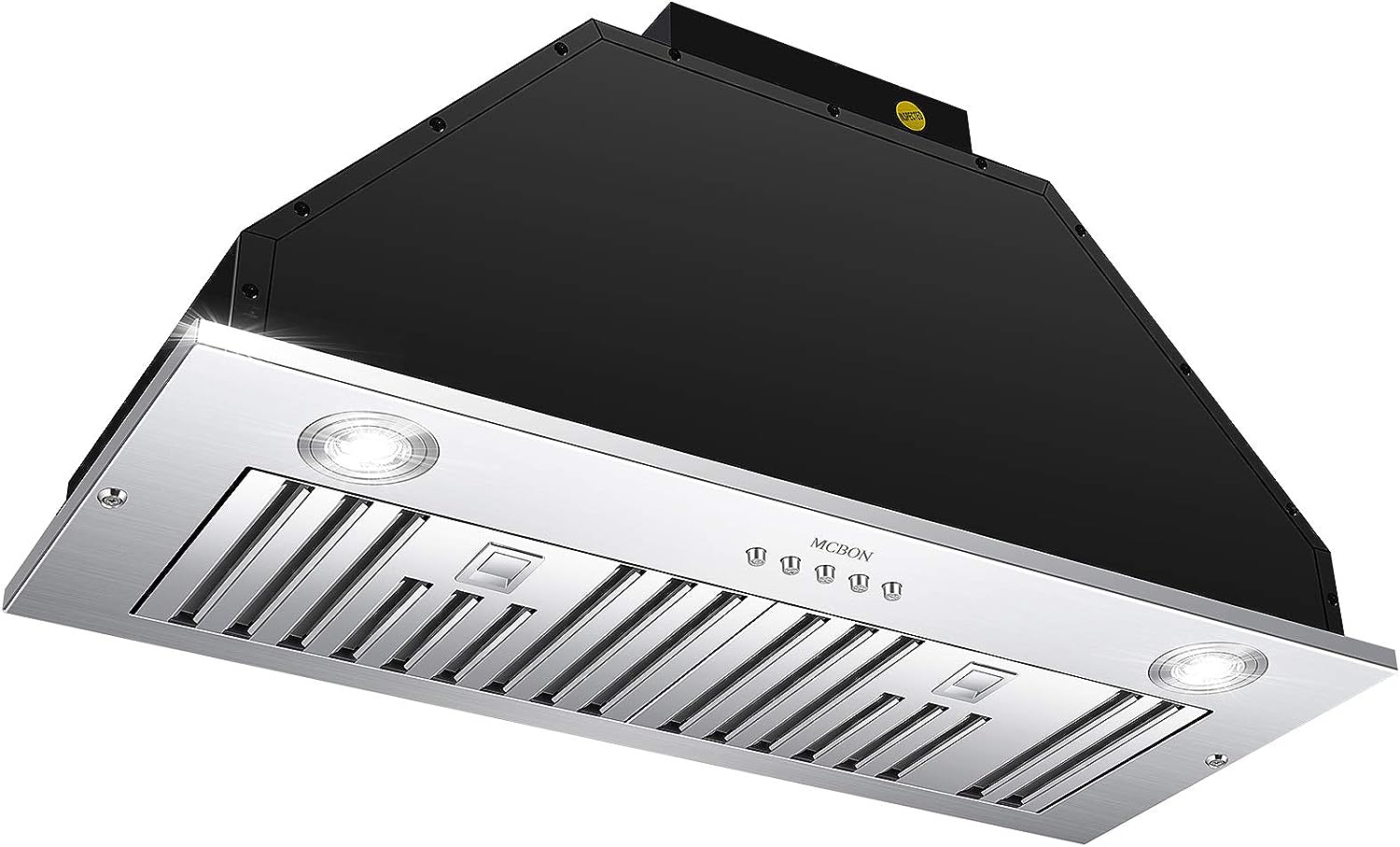
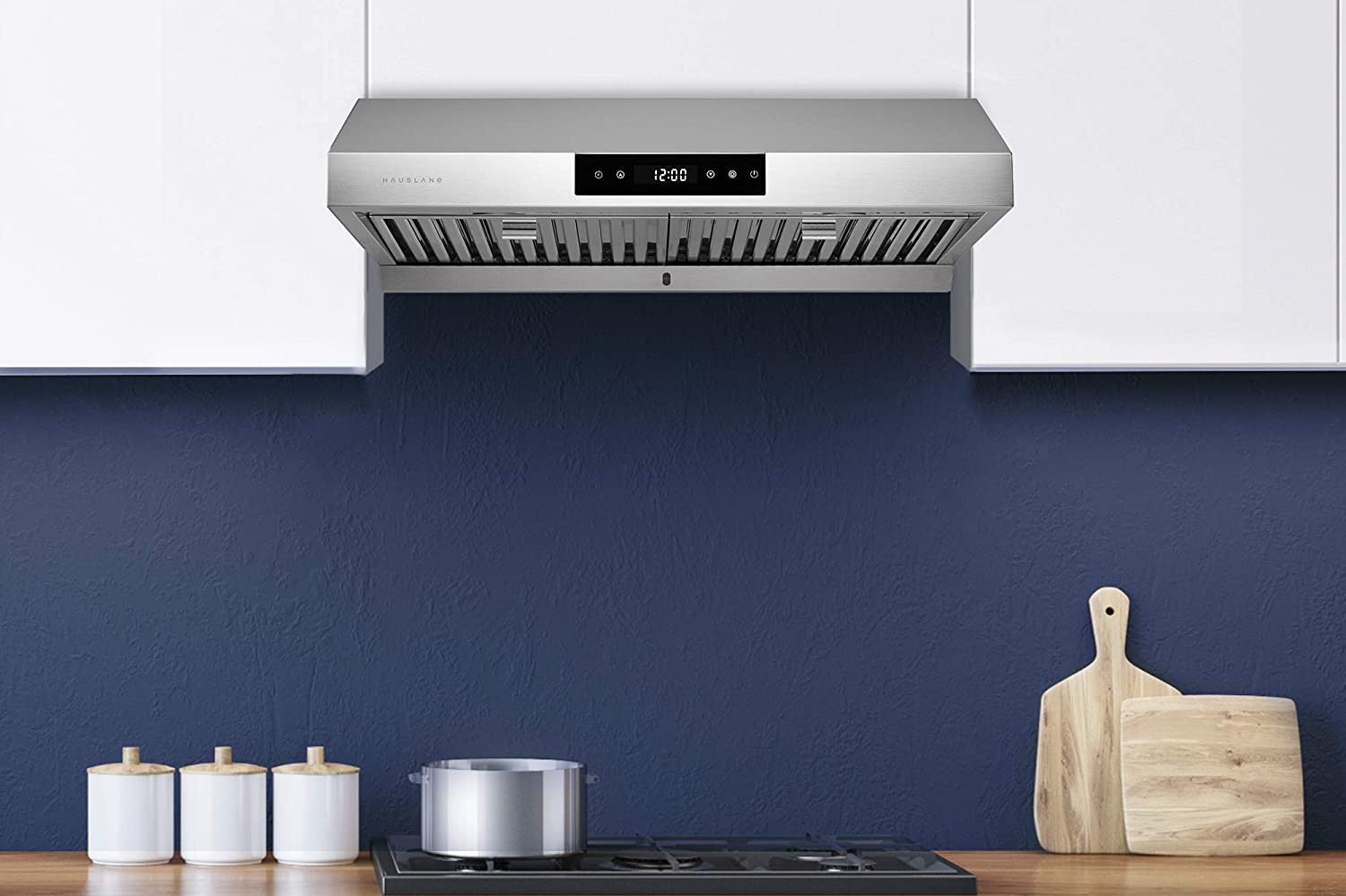
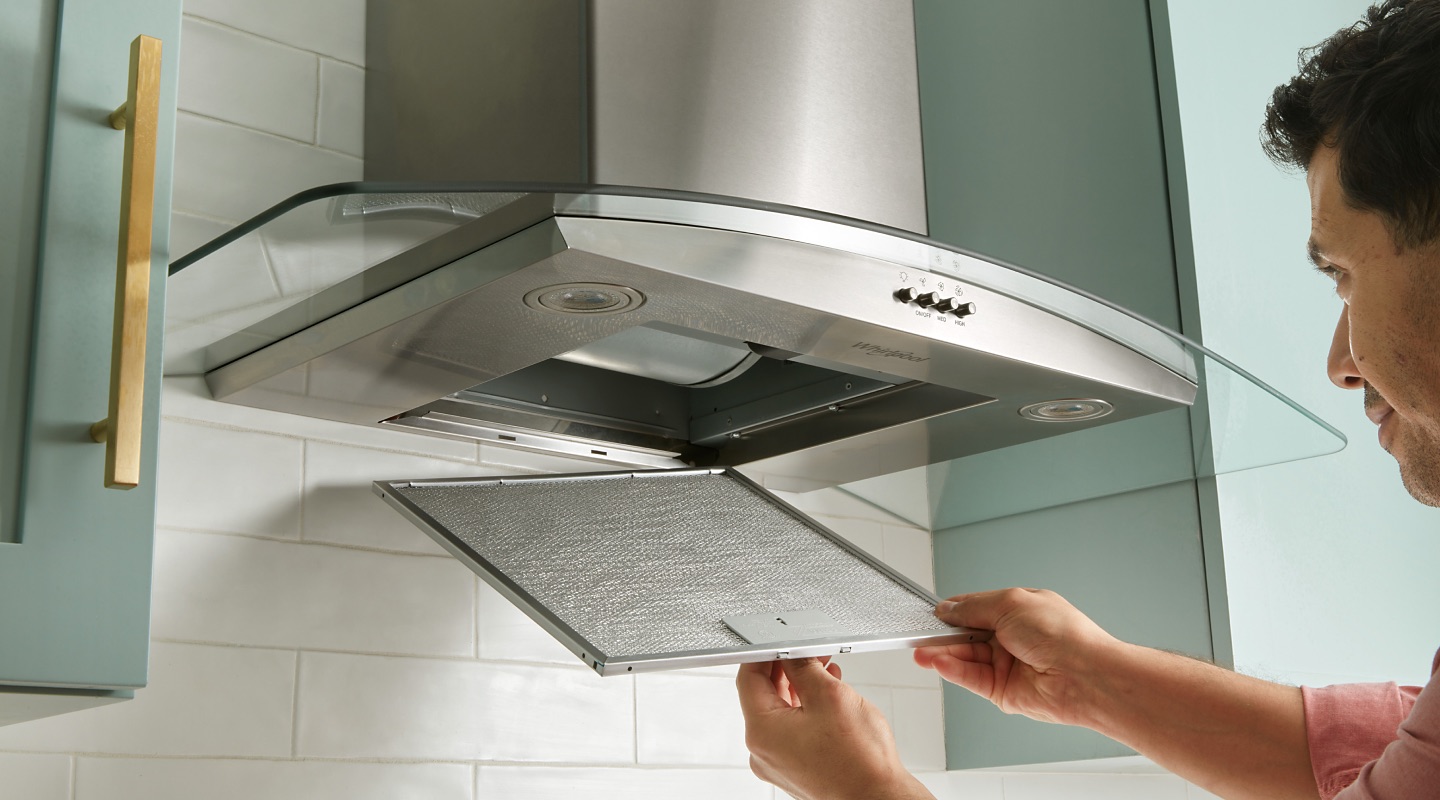
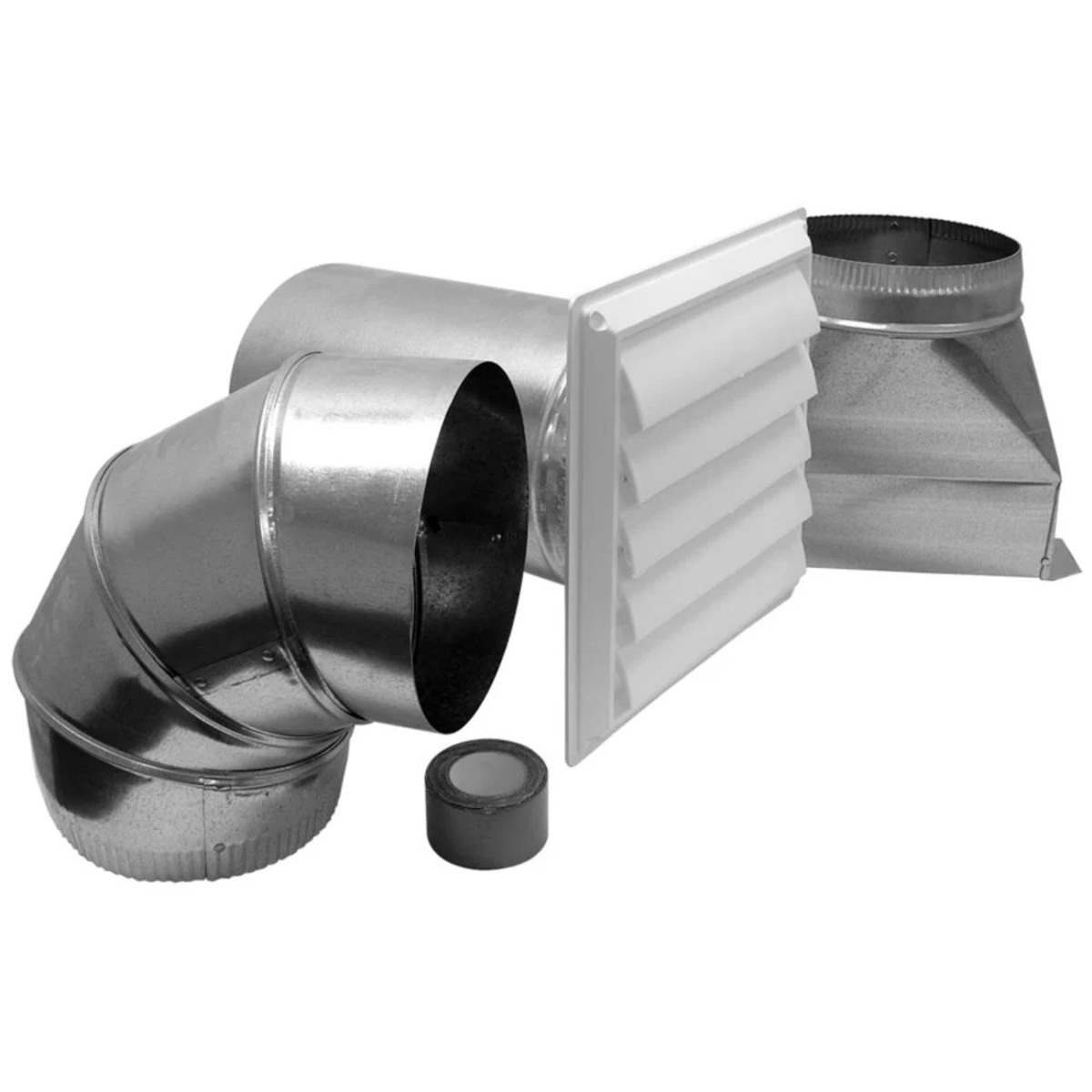

0 thoughts on “What Is An Insert Range Hood”